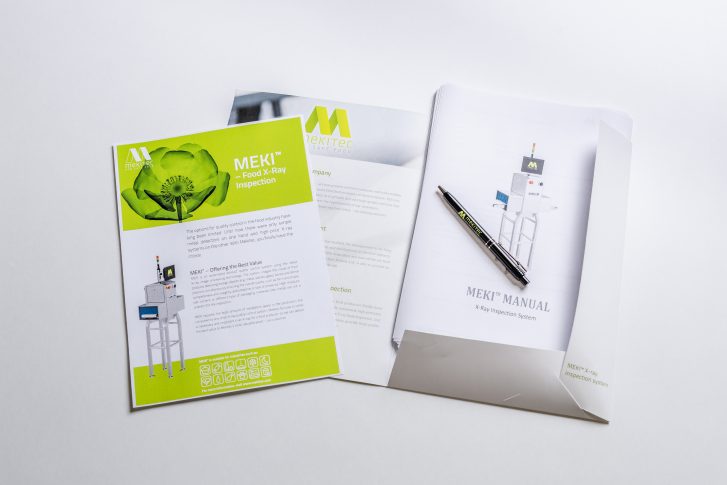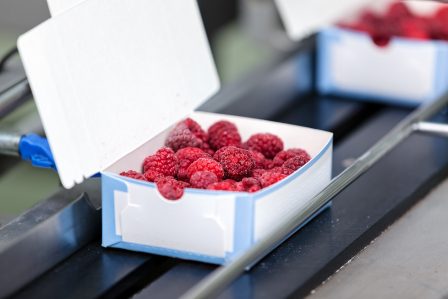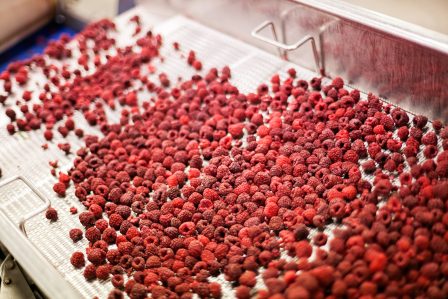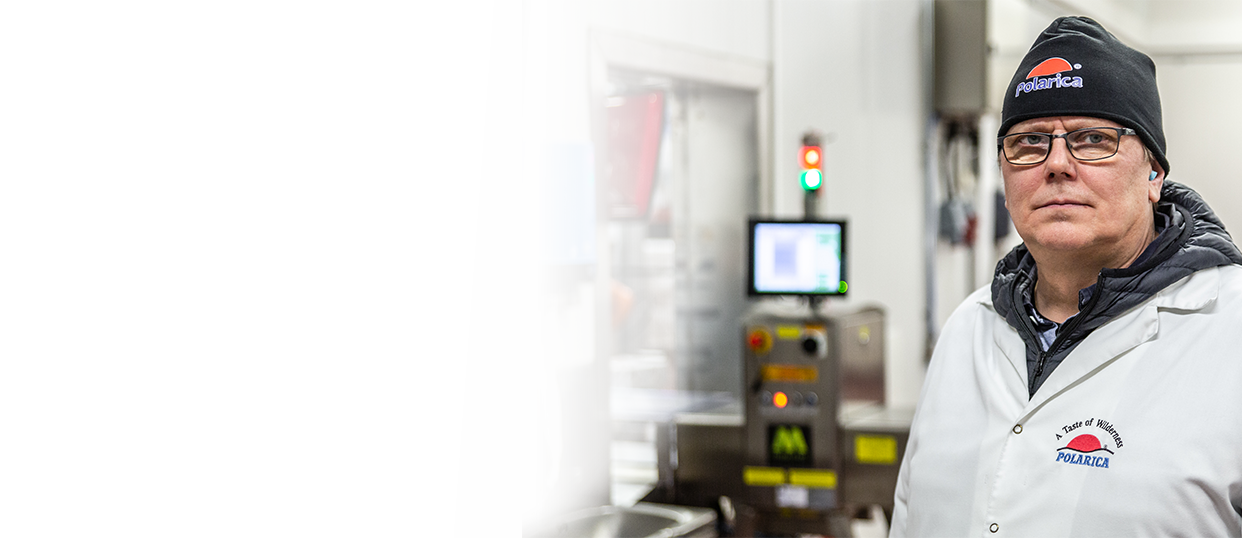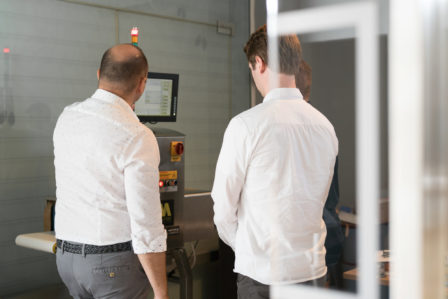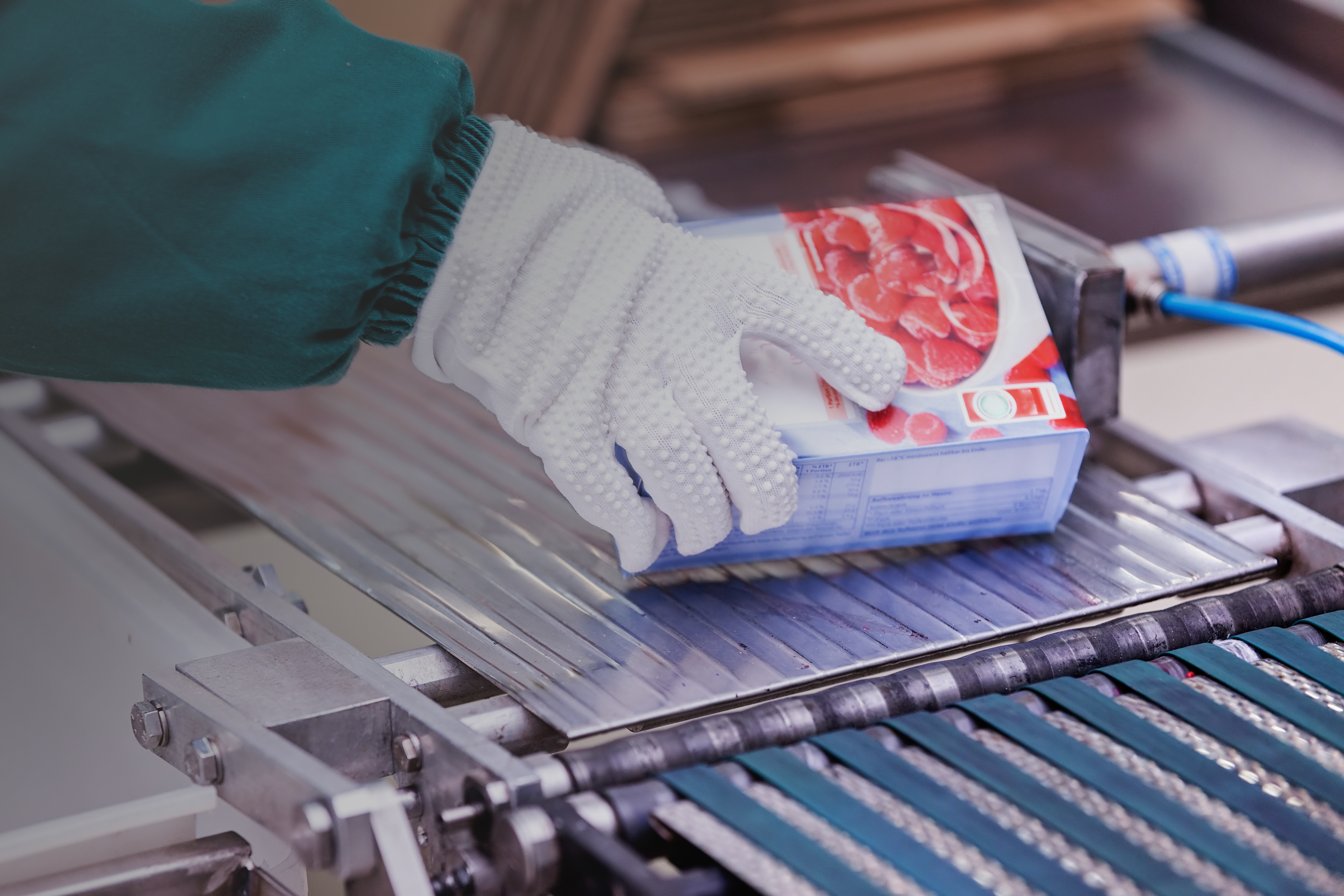
Build A More Sustainable
Food production
Process with
Primary Packaging
X-ray Inspection
white paper
Learn more about primary packaging X-ray inspection
The white paper explains the basics of food safety, talks about HACCP and the importance of established Critical Control Points. It highlights the importance of understanding where the CCP should be placed in order to achieve the most accurate inspection results.
Once you are familiar with the key elements of product inspection, the white paper focuses on the following details of the inspection process:
- Operational Considerations, such as contaminant detection rate, traceability and record-keeping, additional inspection features, and wasting
- Technology Considerations, such as system size and energy usage, equipment lifecycle, and false rejection rates
